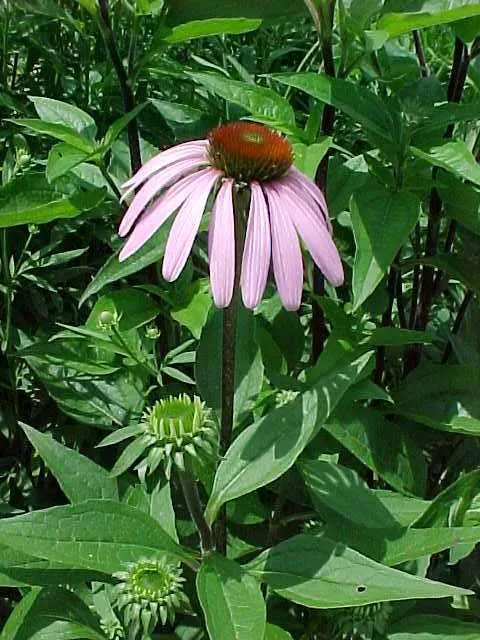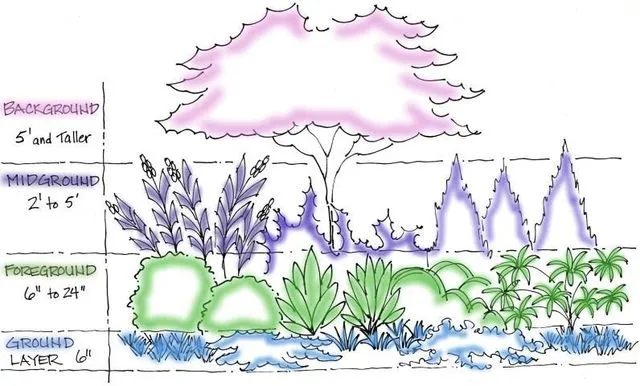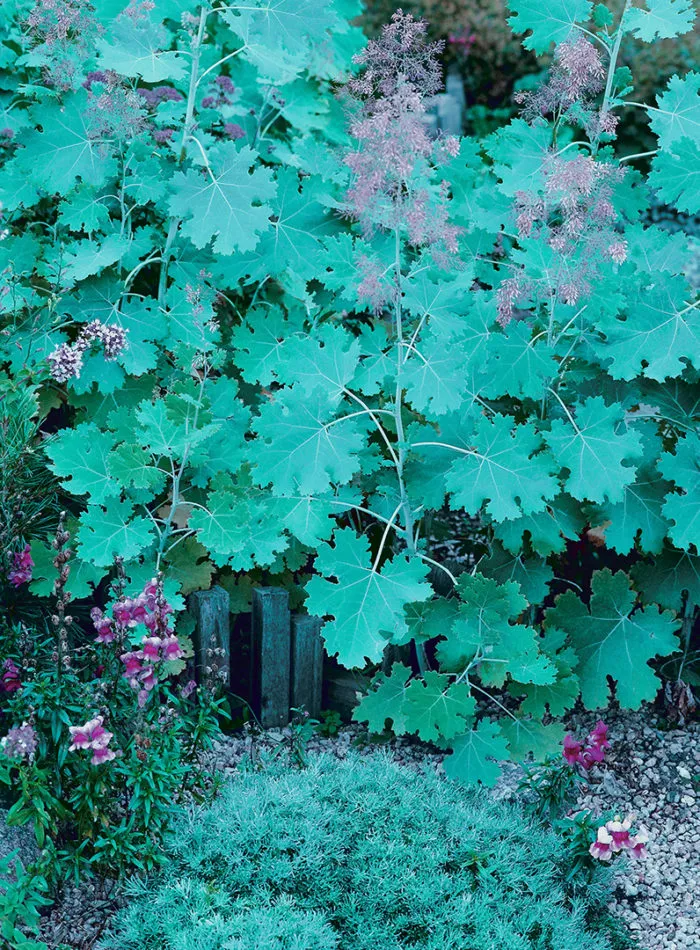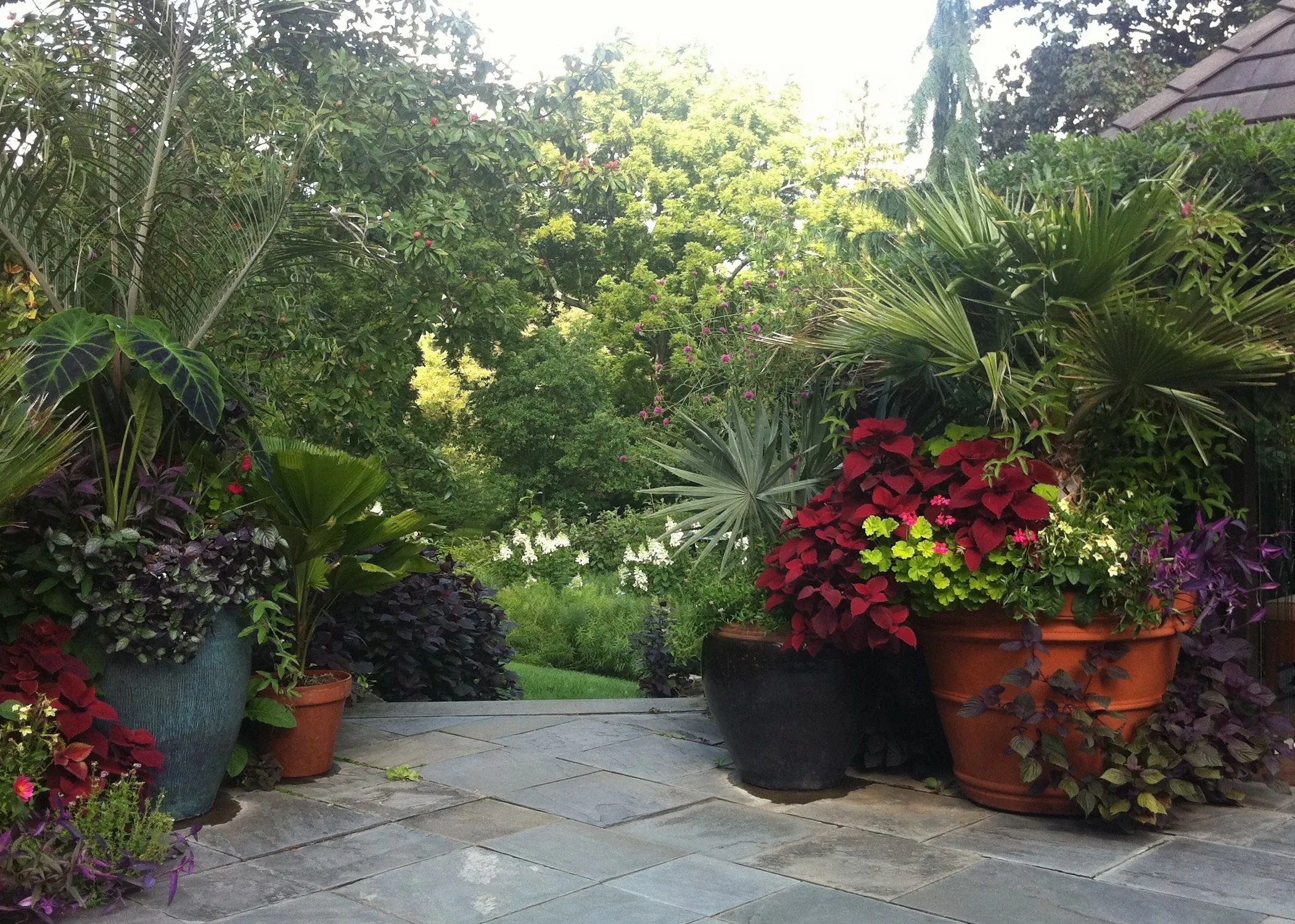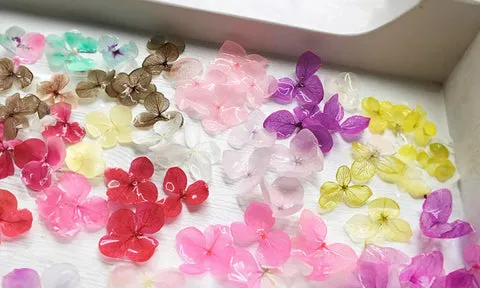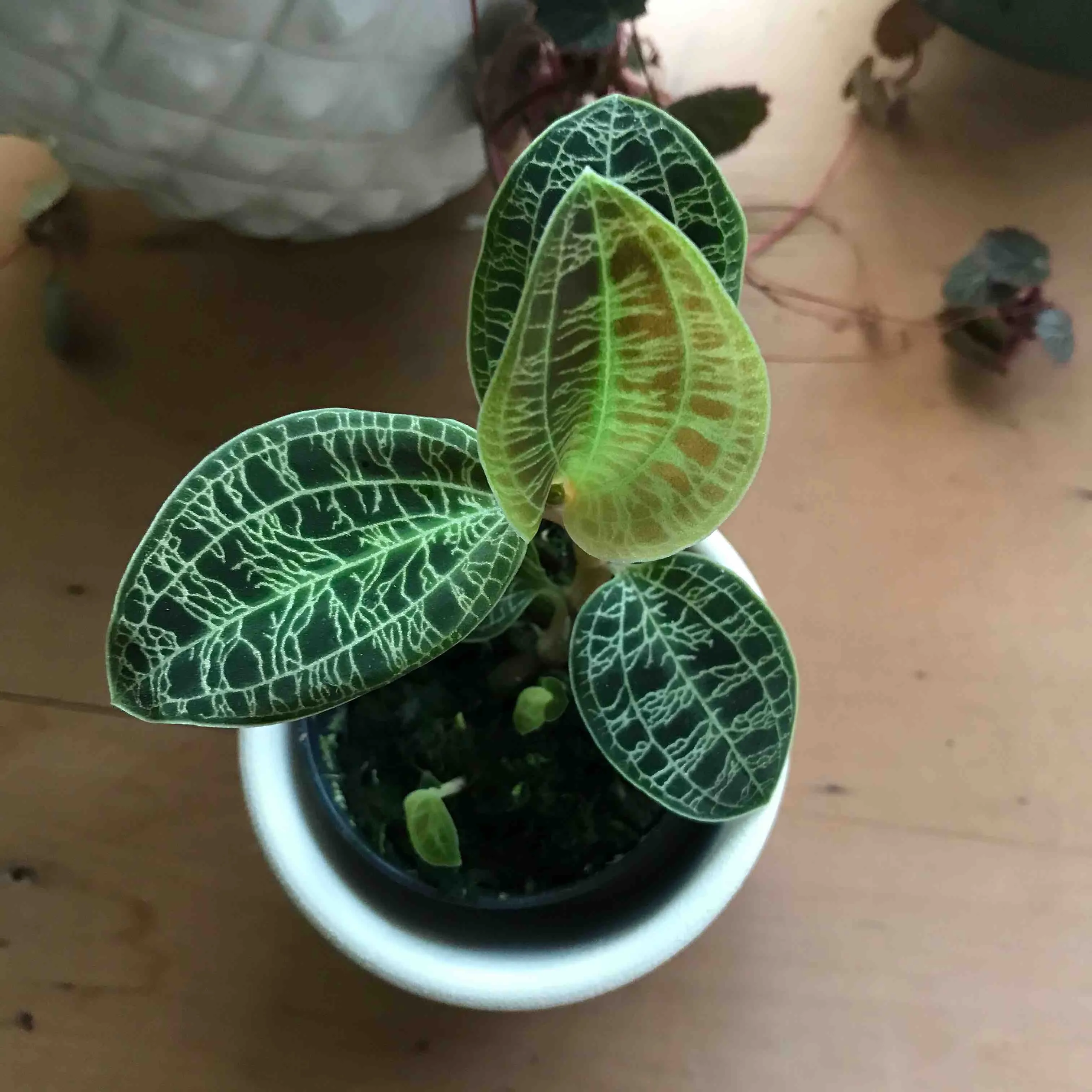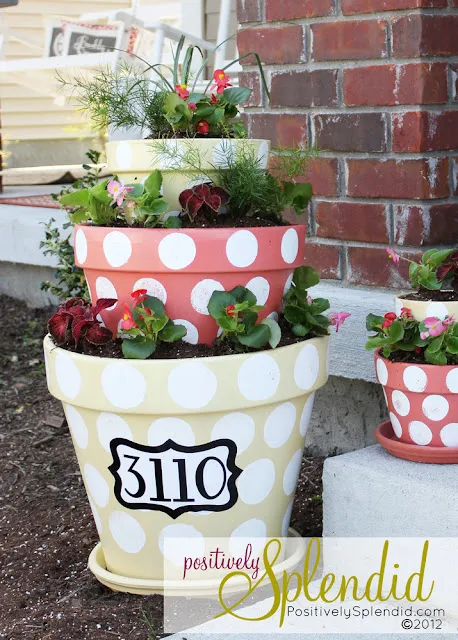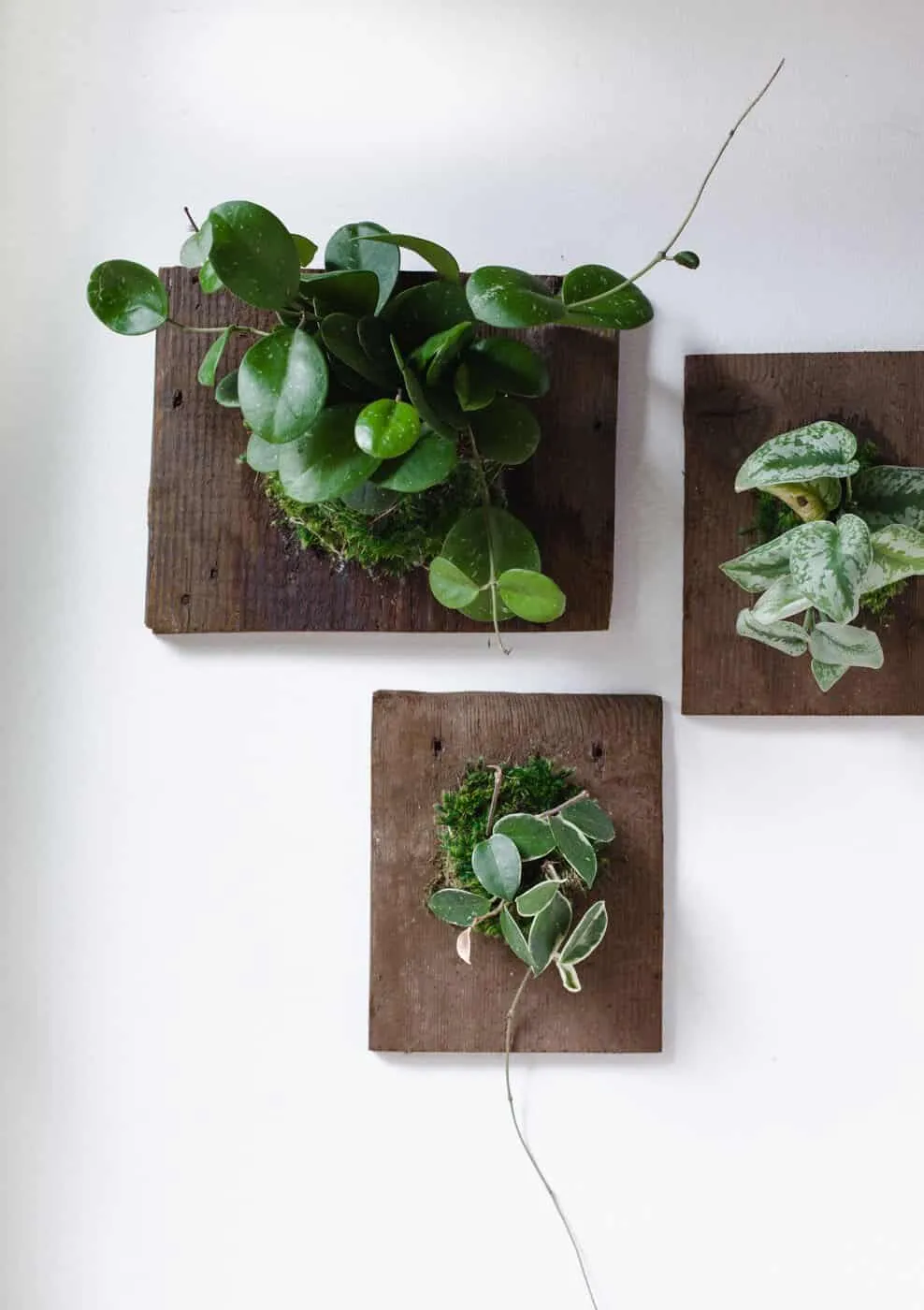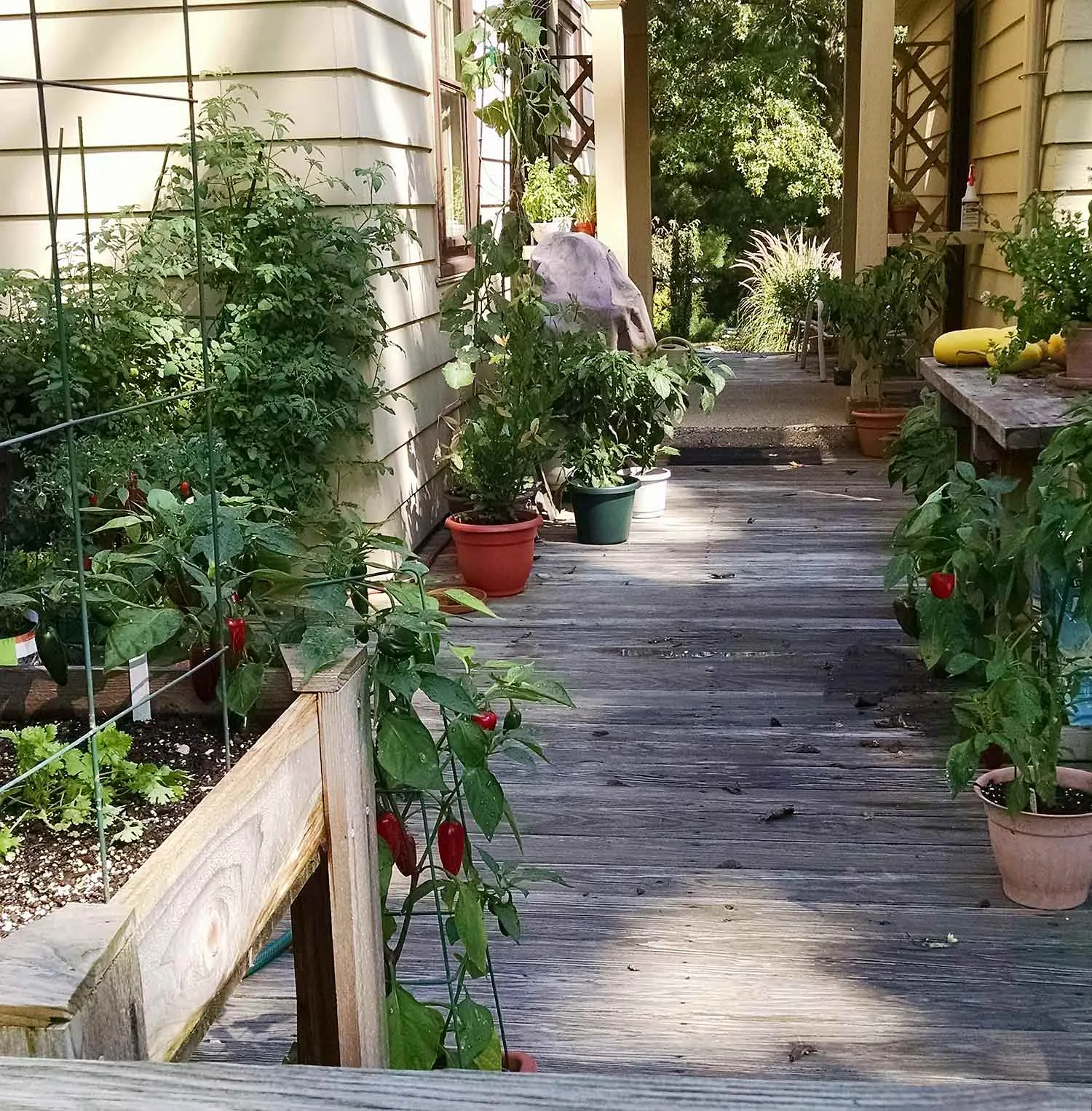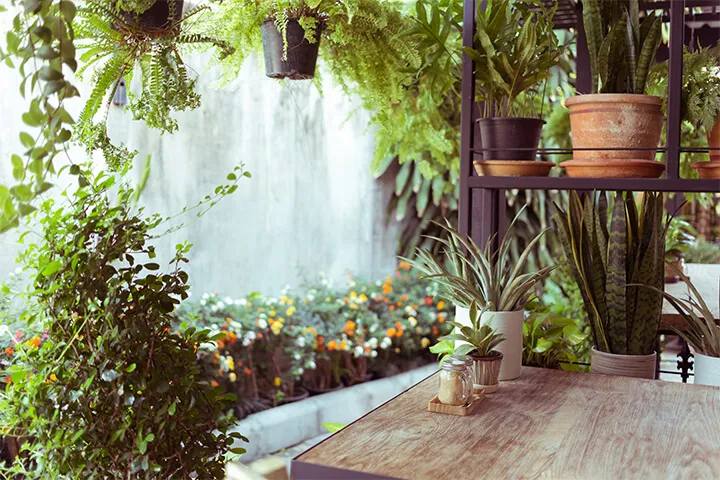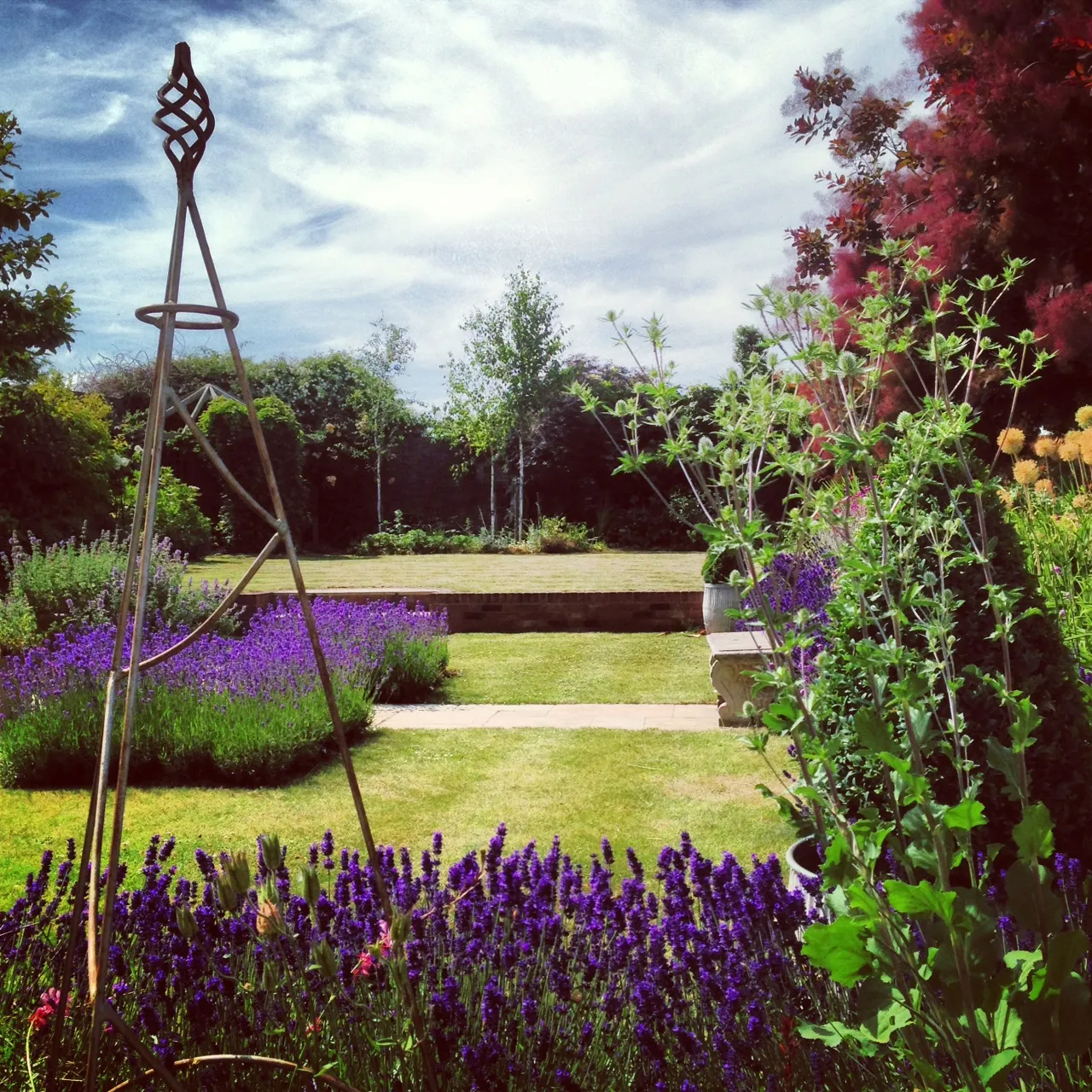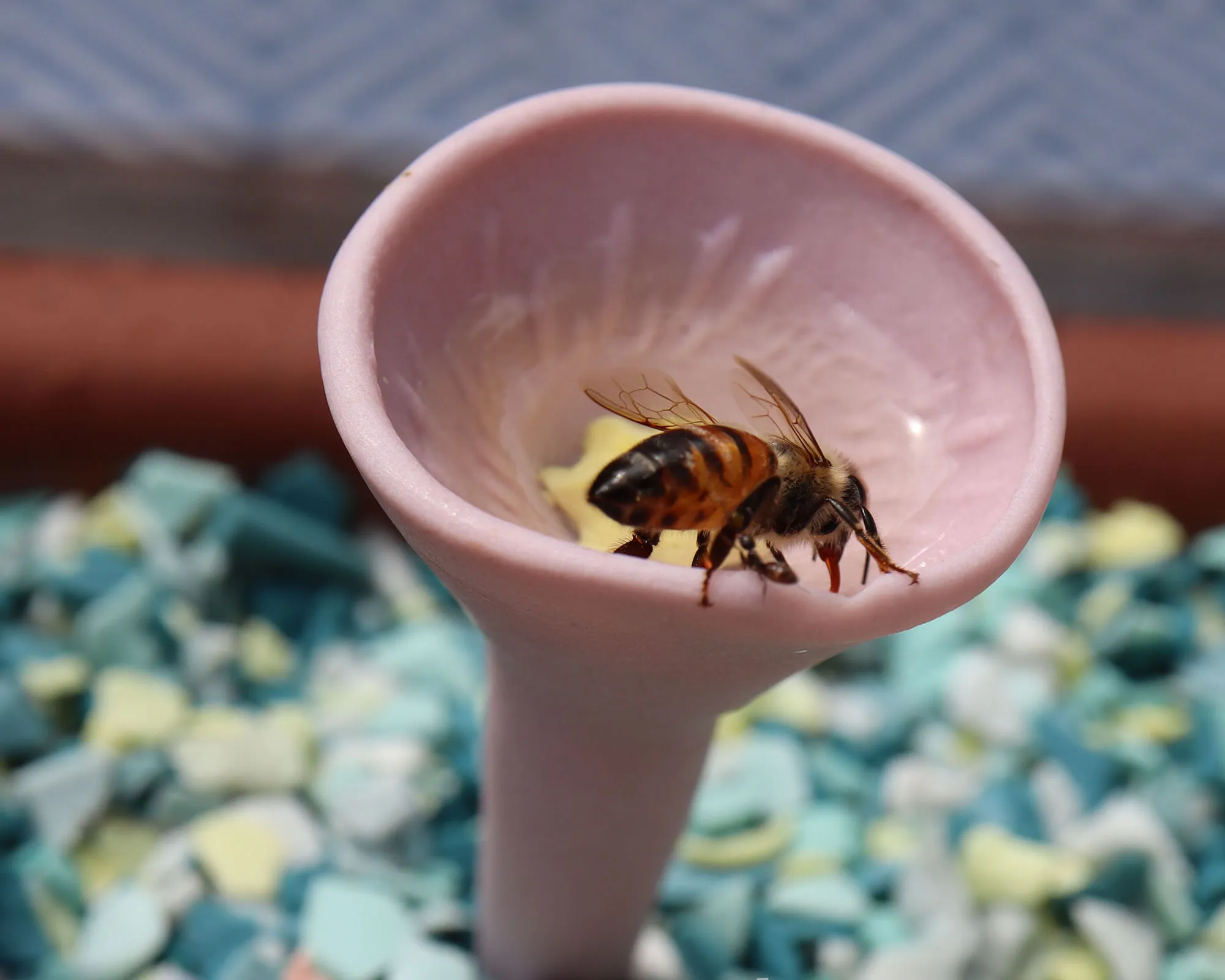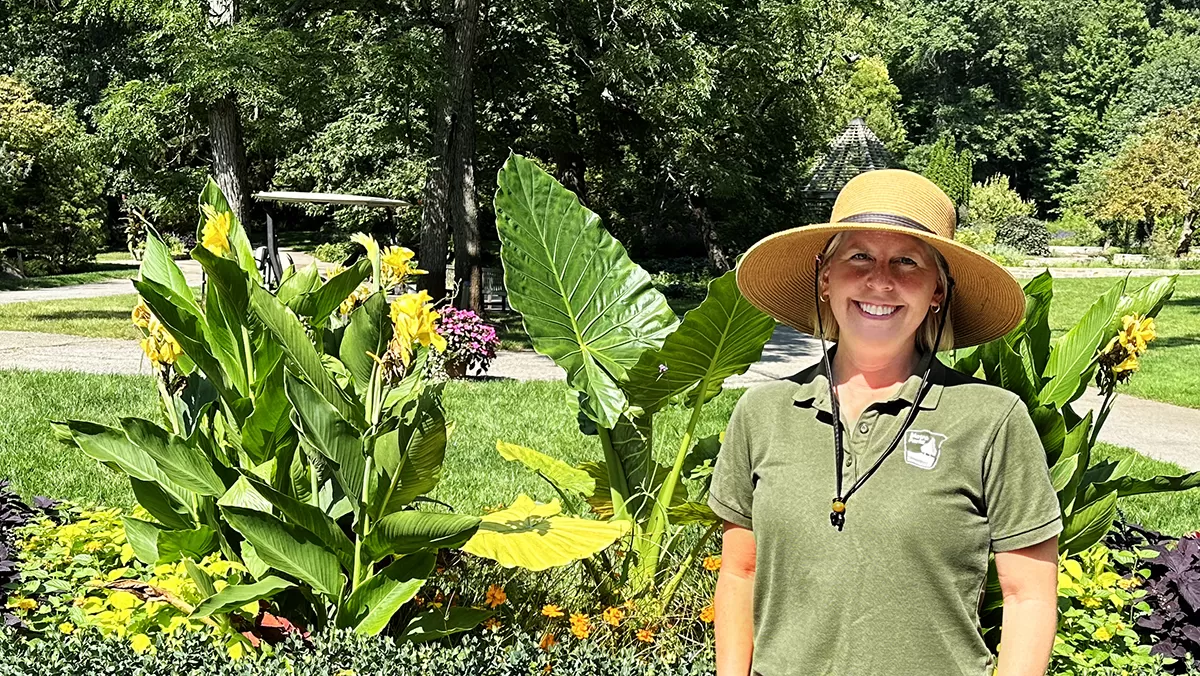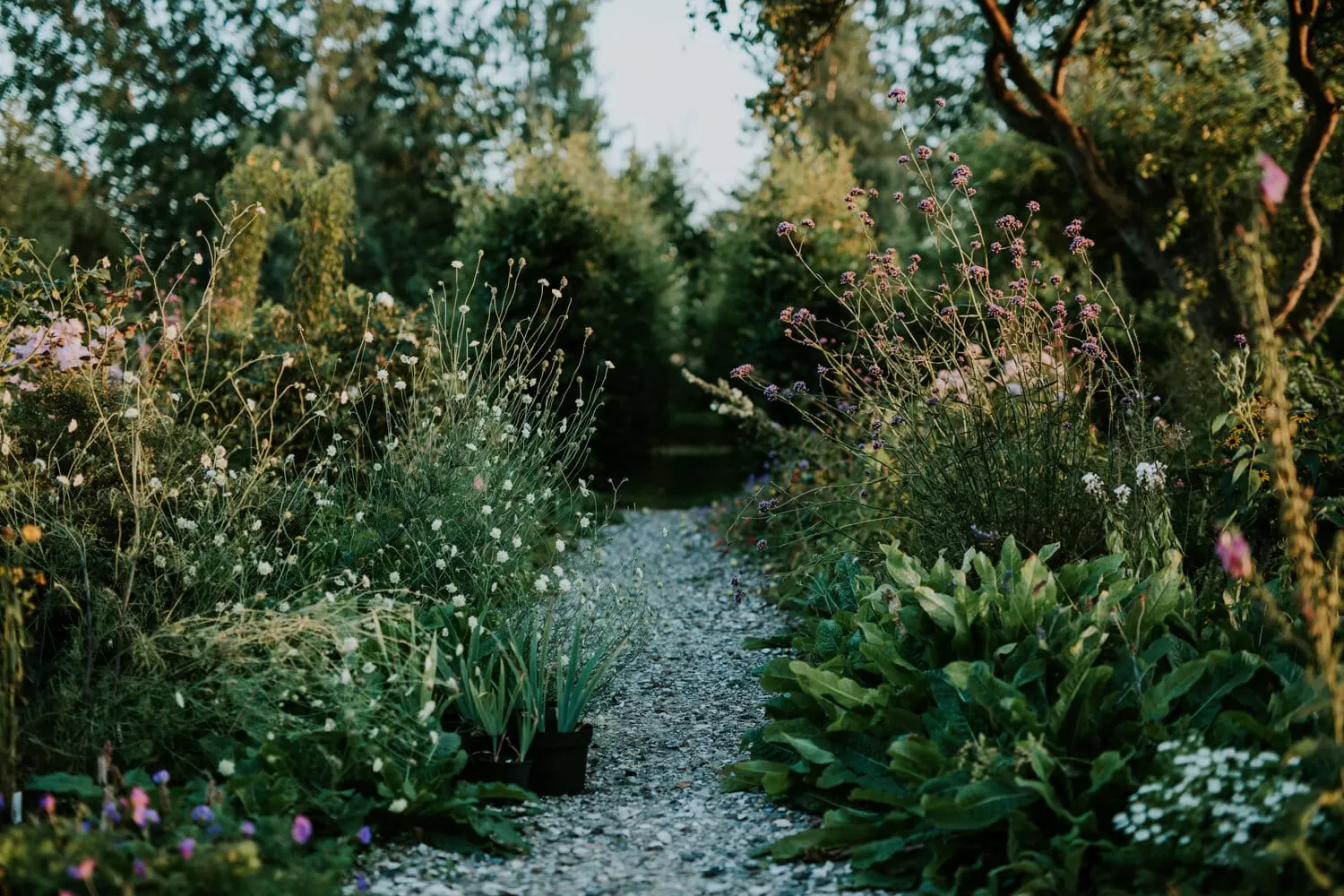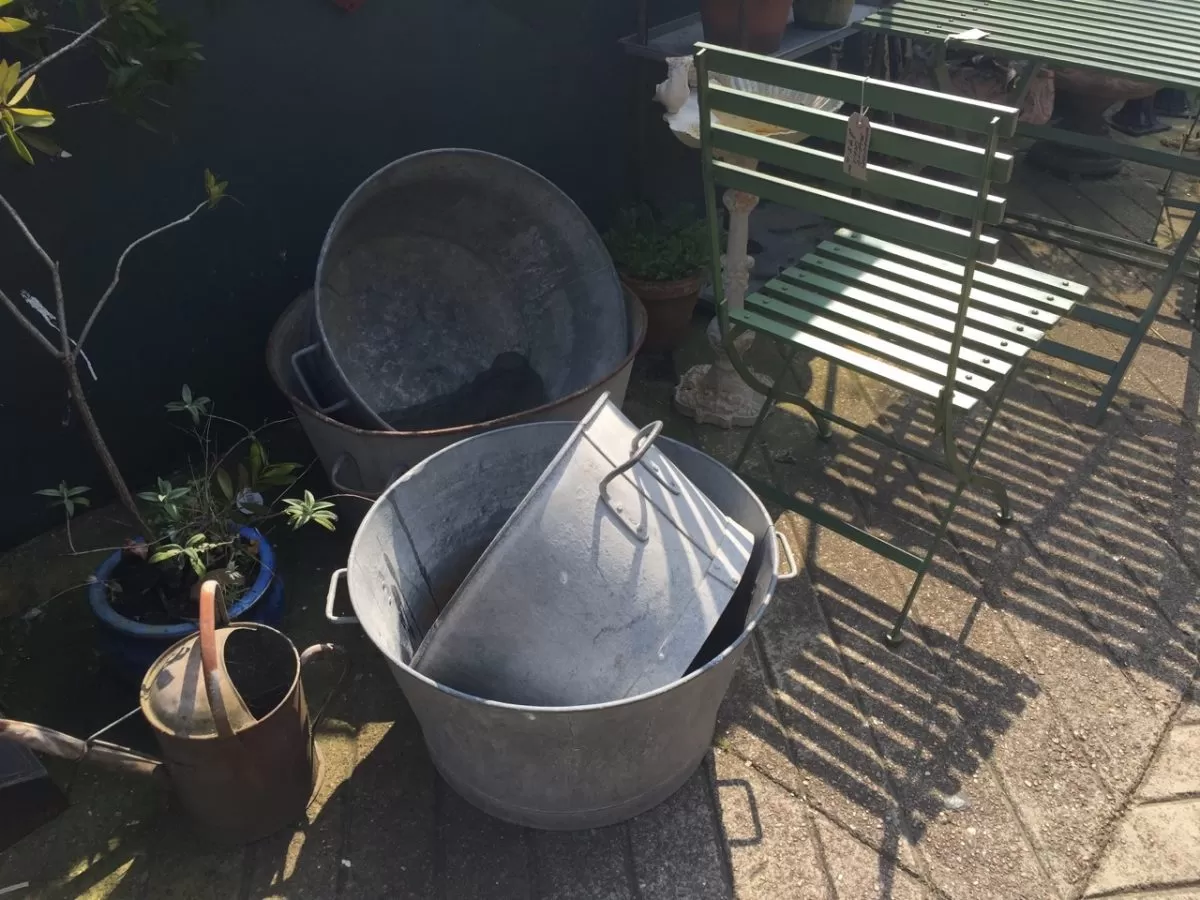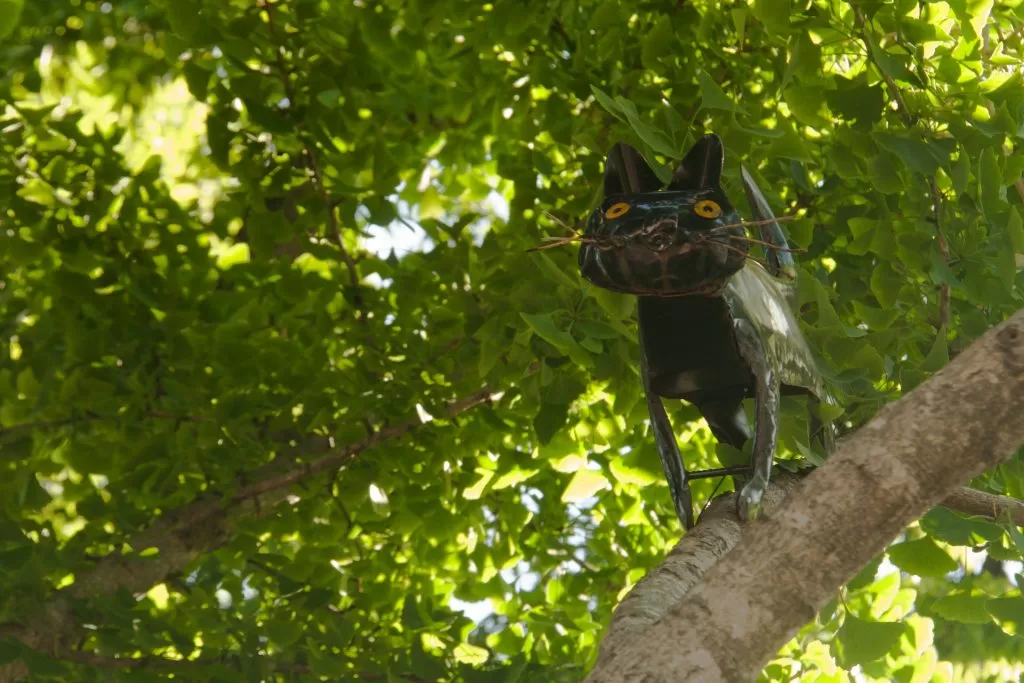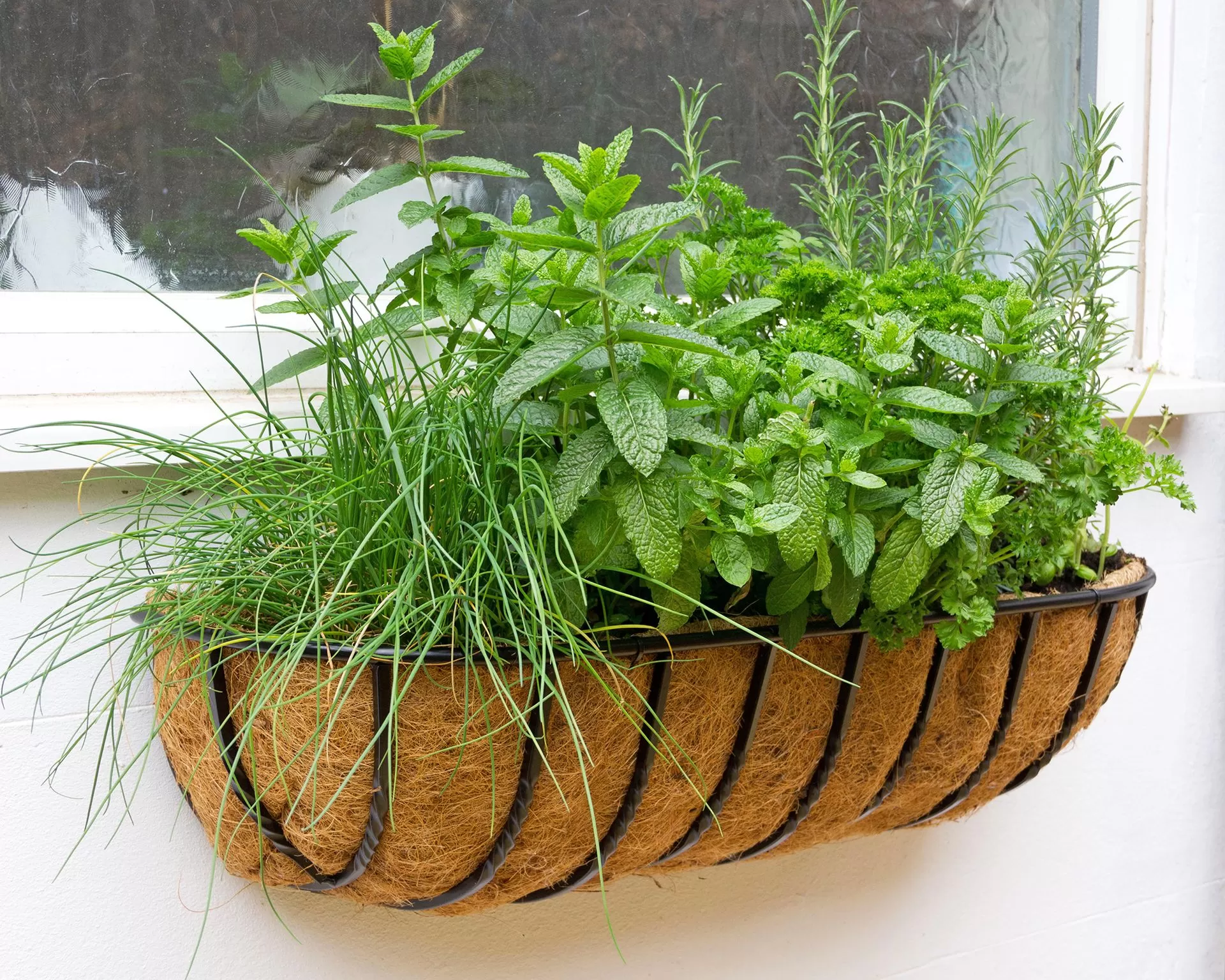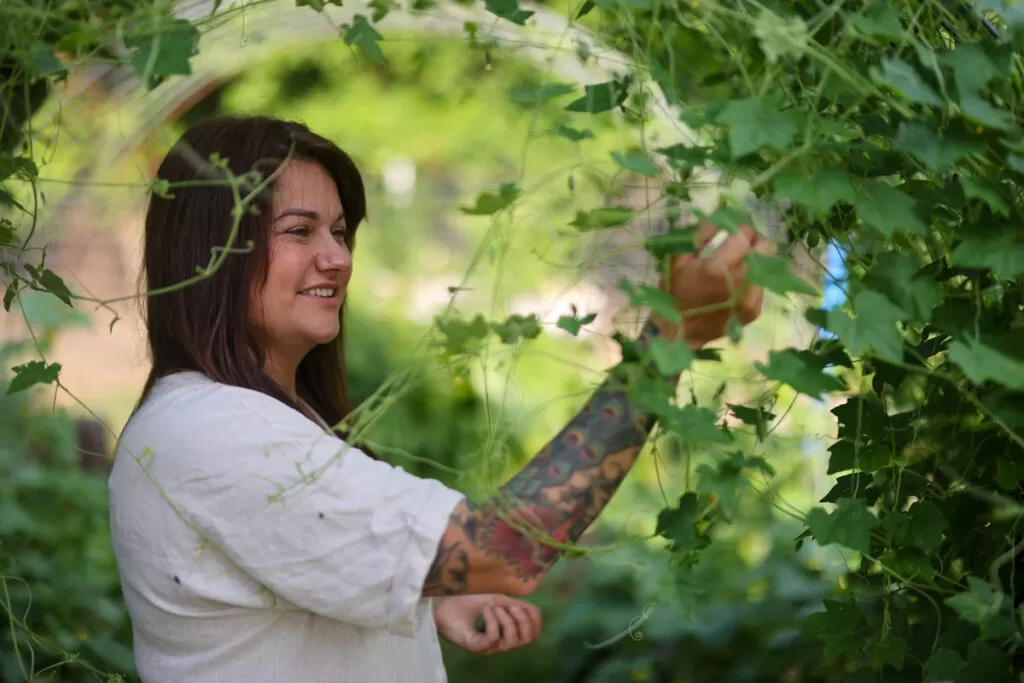Key Takeaways:
- Climate change means gardens face increasing challenges like heatwaves, heavy rain, and unpredictable weather.
- Designing for resilience in container gardening is crucial for plant survival and your gardening success.
- Choosing the right containers, soil mix, and plant varieties creates a robust system.
- Simple techniques can protect your plants and make your container garden thrive despite the weather.
- Resilient design isn’t just practical; it builds confidence and allows you to enjoy gardening no matter the forecast.
Gardening in containers offers incredible flexibility, allowing you to cultivate beauty and produce in even the smallest spaces. But as our climate shifts, bringing more extreme weather – from scorching heat and prolonged droughts to sudden downpours and unpredictable freezes – our beloved container plants are often the first to feel the stress. Just like communities preparing for changing environments, our little garden oases need to be designed with resilience in mind.
Think about facing unexpected challenges. Like the story of coastal communities bracing for intensifying storms, our garden containers can be vulnerable. A sudden heatwave can cook roots in a dark pot, while relentless rain can waterlog soil, leading to root rot. Designing for climate-resilient container design means building systems that can better withstand these pressures, ensuring your green companions not only survive but flourish. It’s about giving your plants the best possible chance against whatever the weather throws at them.
Contents
Why Resilience Matters in Your Pots
Why bother with resilient design? Because nobody wants to nurture a beautiful plant only to see it wither under a sudden heat dome or drown in an unexpected deluge. Resilience in container gardening is about creating a buffer. It’s about choosing materials, soil, and plants that work together to manage moisture, regulate temperature, and stay stable through wind and rain. It means less stress for you and healthier, happier plants.
Building this resilience isn’t complicated; it often comes down to thoughtful choices upfront. Just as a strong foundation helps a structure weather a storm, the right choices for your container garden create a robust base for your plants.
 Structure designed for resilience, elevated on support beams, offering a strong foundation for climate challenges in gardening.
Structure designed for resilience, elevated on support beams, offering a strong foundation for climate challenges in gardening.
Crafting Your Resilient Container Setup
Creating a climate-resilient container design involves several key elements, each playing a vital role in helping your plants cope with environmental stress.
Choosing the Right Containers
The container itself is the first line of defense.
- Material Matters: Terracotta is porous and breathes well, great for plants that like drier conditions but dries out quickly in heat. Plastic retains moisture but can overheat roots. Glazed ceramic offers good insulation. Fabric pots provide excellent aeration but need more frequent watering. Consider self-watering containers for better moisture management, especially in hot climates.
- Size is Crucial: Larger containers hold more soil, which means more moisture reservoir and better temperature stability than small pots. They are also less likely to blow over in strong winds.
- Color Choice: Lighter colored pots absorb less heat than dark ones, protecting roots from scorching sun.
Building the Perfect Soil Mix
The soil in a container isn’t like garden soil; it needs to provide drainage, aeration, and hold some moisture.
- Drainage is Key: Avoid heavy garden soil. Use a high-quality potting mix designed for containers. Amend it with perlite or coarse sand for improved drainage if needed. This prevents root rot during wet periods.
- Moisture Retention (Balanced): Incorporate organic matter like compost or coco coir into your mix. These materials help the soil retain moisture during dry spells without becoming waterlogged.
- Mulch: Adding a layer of mulch (like pebbles, perlite, or even small bark chips) on top of the soil surface reduces evaporation, suppresses weeds, and helps regulate soil temperature.
Selecting Tough Plants
Not all plants are created equal when it comes to handling stress. Choose varieties known for their tolerance to heat, drought, or variable moisture.
- Native and Adapted Plants: These plants are often naturally suited to your local climate conditions and require less intervention.
- Drought-Tolerant Heroes: Succulents, sedums, lavender, rosemary, and many ornamental grasses are excellent choices for handling dry periods.
- Heat-Loving Varieties: Petunias, vinca, zinnias, and certain herbs thrive when temperatures rise.
- Consider Root Systems: Plants with fibrous root systems often establish quickly and can be more resilient in containers.
Here are a couple of examples of resilient plants you might consider for containers:
- Lavender
- Scientific Name: Lavandula spp.
- Common Name: Lavender
- Zone: Varies by species (typically 5-9)
- Light: Full sun (at least 6-8 hours)
- Humidity: Prefers low to moderate humidity
- Water: Drought-tolerant once established; prefers well-drained soil and dislikes wet feet.
- Sedum
- Scientific Name: Sedum spp.
- Common Name: Stonecrop
- Zone: Varies by species (typically 3-9)
- Light: Full sun to partial shade
- Humidity: Tolerant of various humidity levels
- Water: Very drought-tolerant; thrives in well-drained soil.
Smart Watering Techniques
Even with the best setup, mindful watering is essential for climate resilience.
- Water Deeply, Less Often: Encourage roots to grow downwards by watering thoroughly until water drains from the bottom. This makes plants more resilient to short dry spells.
- Check Soil Moisture: Don’t water on a schedule. Feel the soil an inch or two down. Water only when it feels dry.
- Early Morning Watering: Watering in the morning allows plants to hydrate before the heat of the day and reduces evaporation.
Additional Tips for Handling the Extremes
Beyond the basics, a few extra steps can boost your container garden’s resilience.
- Elevate Containers: Placing pots on “pot feet” or blocks improves drainage and air circulation around the base, preventing waterlogging and reducing heat buildup from the ground.
- Group Pots: Clustering containers together creates a microclimate that can increase humidity and provide some shade during intense heat.
- Plan for Mobility: If extreme weather is forecast (severe storms, frost), ensure your containers are light enough or on casters so you can move them to a sheltered location easily.
- Wind Protection: For taller plants or in exposed locations, consider using heavier pots or providing stakes for stability against strong winds.
By applying these principles of climate-resilient container design, you’re not just putting plants in pots; you’re building miniature ecosystems designed to handle the ups and downs of today’s weather. It’s empowering to know your garden is prepared, allowing you to spend less time worrying and more time enjoying the beauty you’ve created.
Conclusion
Building a climate-resilient container garden is an empowering way to adapt to changing weather patterns and ensure your love for gardening can flourish regardless of the forecast. By making thoughtful choices about containers, soil, plants, and care, you create a robust and forgiving environment for your green companions. Embrace the challenge, apply these principles, and watch your resilient containers thrive, bringing beauty and joy to your space season after season.
Ready to make your container garden tougher? Try implementing some of these tips today! Share your experiences or ask questions in the comments below. Find more gardening tips and inspiration right here at Thelittle.garden!


